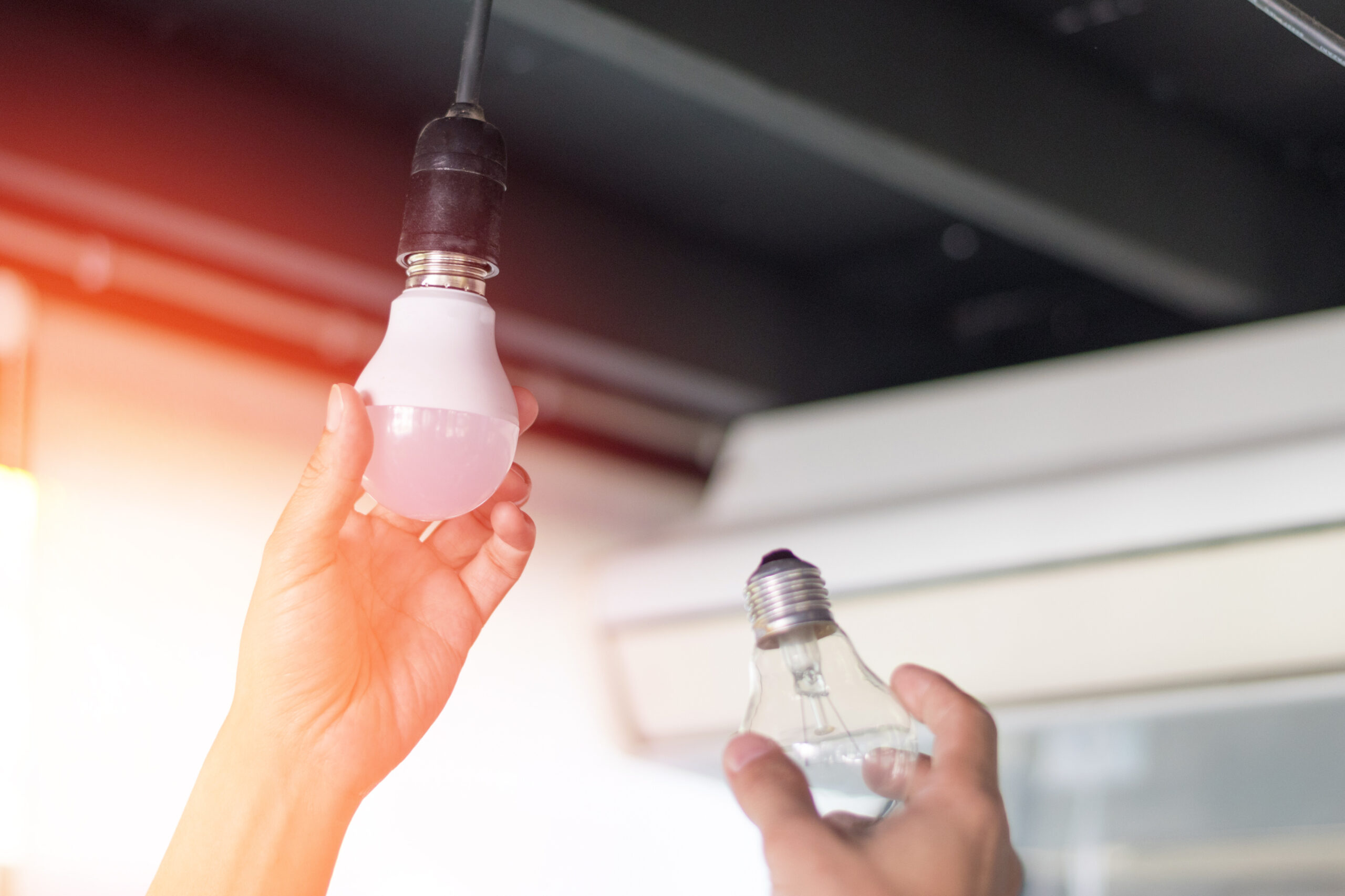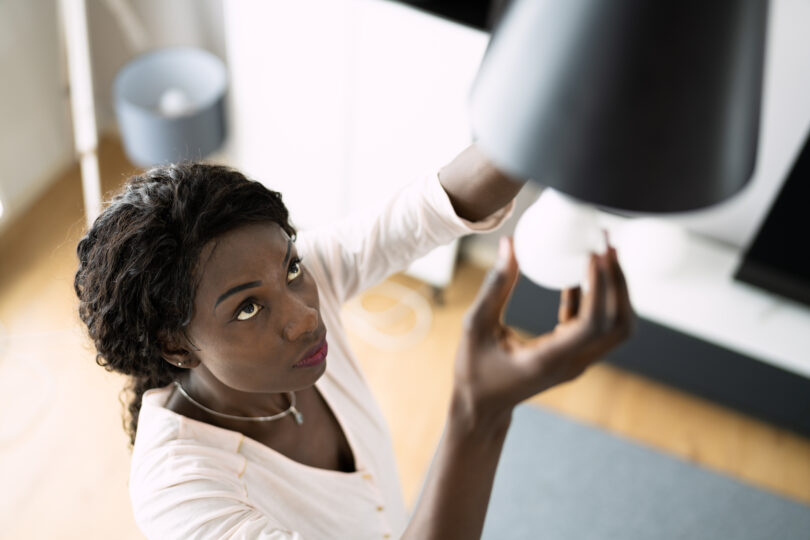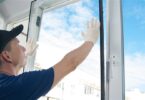Electricity bills are eating into profit margins across Australia, and lighting often takes a bigger chunk than many realise. From offices and warehouses to cafés and retail stores, the type of lighting you use can make a huge difference to your bottom line.
One upgrade that plenty of Aussie businesses have already made? Switching to LED lighting. It’s not just about being energy-conscious; it’s about making a smart financial move. If you’re still relying on older fluorescent or halogen lights, you might be spending far more on energy than you need to.
In addition to cutting costs, there are other benefits of LED lights worth considering—like their longer lifespan and lower maintenance needs.
Here’s a closer look at how LED lighting can help cut your business’s power costs and why it might be one of the best investments you make this year.
What makes LEDs so energy efficient?
Let’s start with the basics. Traditional light bulbs (especially halogen and incandescent) lose a huge amount of energy as heat. That’s wasted money, plain and simple.
LEDs, on the other hand, are designed to be highly efficient, turning most of their energy into actual light.
That’s why a 10-watt LED can often match the brightness of a 60-watt halogen bulb. The maths speaks for itself—less electricity, same result.
When lighting is on for long stretches—think retail shops, restaurants, or any workplace open past daylight hours—that efficiency pays off quickly. And unlike older lights, LEDs don’t take time to warm up. They turn on instantly, with consistent brightness and no flicker.
Real cost savings for Australian businesses
If your business operates during extended hours, your lighting could be responsible for up to 40% of your total electricity bill. That’s no small figure.
Let’s use a hypothetical case study. A small warehouse in Sydney used to spend just over $6,000 a year on lighting. After replacing their old high-bay lights with energy-efficient LEDs, their annual bill dropped to around $3,500. That’s $2,500 saved every single year—without compromising visibility or safety.
Multiply that over five years, and you’re looking at well over $12,000 in savings, not including the added bonus of fewer maintenance callouts and replacements.
Why fewer replacements? Because LEDs last longer. While traditional halogens might need changing every 1,000 hours, good-quality LEDs can run for 30,000 to 50,000 hours. That’s years of consistent lighting with no interruptions.
Better lighting, better workspaces
Efficiency isn’t the only reason businesses are switching. LEDs also offer better quality lighting, and that often has a ripple effect on everything from productivity to safety.
You can choose from a range of colour temperatures to suit different environments. Warm white might be perfect for a cosy café, while cool white can improve visibility in a workshop or factory setting.
The even spread of light from LEDs also reduces shadows and eye strain, creating a more comfortable and productive environment for staff. And when employees aren’t squinting at their work or battling flickering bulbs, they tend to perform better.

Government rebates that make it even cheaper
Here’s the cherry on top: if you’re a business in Australia, you may not have to pay full price to make the switch.
Many state governments offer rebates or subsidies to encourage energy-efficient upgrades. For example:
- Victoria’s VEU program supports commercial lighting upgrades.
- NSW’s Energy Savings Scheme (ESS) offers similar incentives for small and large businesses alike.
Other states have comparable schemes, depending on your industry and location.
With the right provider, you may be able to access bulk discounts, installation support, and upfront rebates that cover a large part of your costs. In some cases, the entire upgrade could pay for itself in under a year.
A café owner’s perspective
Still unsure whether LEDs are worth the switch? Let’s look at another simple hypothetical case study.
Anna runs a suburban café in Brisbane. Her shop uses roughly 20 downlights, which were originally halogens. She noticed her monthly energy bills were creeping up—and replacing bulbs every couple of months wasn’t helping either.
She switched to LED downlights with the help of a local installer and accessed a rebate through Queensland’s energy efficiency programme. The cost of installation was recovered in just eight months thanks to reduced bills.
Better yet, her café now looks brighter and more welcoming—and customers even noticed the change.
How to upgrade without the headache
If you’re thinking of upgrading your business lighting, here’s a straightforward plan to get started:
- Audit your current setup: Count how many lights you’re using, what type they are, and how long they run each day. This helps estimate your current energy usage.
- Look for a certified installer: Choose a professional who can guide you through the most efficient options and help access any available rebates.
- Don’t forget the extras: Consider smart lighting systems that include motion sensors or timers. These can provide extra savings, especially in spaces like store rooms or bathrooms where lights are often left on by mistake.
- Think long term: While the upfront cost might seem higher than just buying another halogen bulb, remember you won’t need to touch your LEDs again for years. The lifespan and energy savings make the numbers add up.
A step towards sustainability
Besides the financial benefit, LED lighting is also a solid step toward sustainability. Lower power use means lower carbon emissions—a message that matters more than ever to eco-conscious customers, partners and employees.
For businesses looking to improve their environmental impact without sacrificing quality or performance, LEDs tick all the boxes.
Time to switch to LED
If your business is still using outdated lighting, you could be losing money every single day. LED lighting isn’t just a trend—it’s fast becoming the standard across Australia for good reason.
From smaller energy bills and reduced maintenance to brighter, safer workspaces and government rebates. This makes it a win across the board.
So, the next time you flick the switch in your workplace, ask yourself: Is this light costing me more than it should?
If the answer’s yes, then it might be time to take the next step and start saving.







